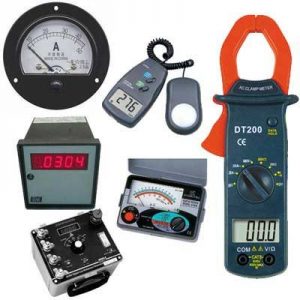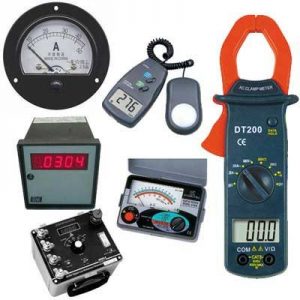How do I Calibrate Process Instruments?
How do I calibrate process instruments?
 All the measuring instruments for measurement of length, weight, temperature and so forth ought to be calibrated against some standard scale at the consistent interim’s as determined by the producer. There are distinctive strategies or methods of calibration, which are connected relying upon whether it is standard calibration or on the off chance that it is for unique reason where very precise calibration of the instruments is wanted. Much of the time distinctive techniques for calibration are connected for all the individual instruments. No what sort of calibrations is being done, every one of them are done in the research facility.
All the measuring instruments for measurement of length, weight, temperature and so forth ought to be calibrated against some standard scale at the consistent interim’s as determined by the producer. There are distinctive strategies or methods of calibration, which are connected relying upon whether it is standard calibration or on the off chance that it is for unique reason where very precise calibration of the instruments is wanted. Much of the time distinctive techniques for calibration are connected for all the individual instruments. No what sort of calibrations is being done, every one of them are done in the research facility.
The calibration of the instrument is done in the research facility against the sub-standard instruments, which are utilized seldom for this sole reason. These sub-norms are kept in highly controlled air-conditioned atmosphere so that there their scale does not change with the outside barometrically changes.
To keep up the accuracy of the sub-guidelines, they are checked periodically against some standard which is kept in the metro-logical research centers under very anchored, sheltered, clean and ventilated air. At last, norms can be checked against the total measurements of the amount, which the instruments are intended to quantify.
How are instruments calibrated?
Instrument calibration is the way toward contrasting the measurements made by the instrument to be calibrated against a known measurement of either norms or an instrument known to make measurements that surpass the adequate furthest reaches of accuracy and exactness.
Instrument calibration is one of the essential procedures used to keep up instrument accuracy. That is the reason it’s important to adjust them. The procedure is as per the following:
- Locate a level surface in your home that is as level as could be allowed.
- Place the scale on the mouse cushion and power the unit on.
- Computerized scales will have a catch that peruses ZERO or TARE
- Counsel the manual and set the scale to “calibration” mode.
- Place a calibration weight on the scale.
- This is the means by which you can align them.
World Wide Inspection & Calibration Services Est, offering high quality services mainly in three scopes – Pressure Gauge Calibration, Temperature Gauge Calibration,and Electrical Measuring Instruments Calibration. Supply and services for instruments such as Linear Instruments, Thermal Instruments, Pneumatic Instruments, Electrical Instruments and more..

 Calibration is checking the accuracy of a measurement instrument by contrasting it with reference norms. The effect of equipment calibration is higher accuracy. Electronic calibration is one of three primary kinds of calibration methods utilized today. Different sorts of current calibration method include mechanical and thermal calibration. Electronic calibration manages the calibration of electric and electronic instruments.
Calibration is checking the accuracy of a measurement instrument by contrasting it with reference norms. The effect of equipment calibration is higher accuracy. Electronic calibration is one of three primary kinds of calibration methods utilized today. Different sorts of current calibration method include mechanical and thermal calibration. Electronic calibration manages the calibration of electric and electronic instruments. Calibration of your measuring instruments
Calibration of your measuring instruments